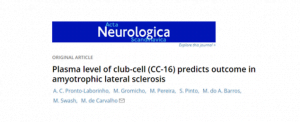People who get less rapid eye movement (REM) sleep may have a greater risk of developing dementia, according to a new study published in the August 23, 2017, online issue of Neurology. REM sleep is the sleep stage when dreaming occurs.
There are five stages of sleep, ranging from light sleep to deep sleep to REM sleep. During this dream stage, the eyes move rapidly and there is increased brain activity as well as higher body temperature, quicker pulse and faster breathing. The first REM stage occurs about an hour to an hour-and-a-half into sleep and then recurs multiple times throughout the night as the cycles repeat.
For the study, researchers looked at 321 people with an average age of 67 over the course of 12 years on average. Researchers collected the participants’ sleep data. Over the course of the study, 32 people were diagnosed with some form of dementia, 24 of whom were diagnosed with Alzheimer’s disease.
Those who developed dementia spent less time in REM sleep: an average of 17 percent, compared to 20 percent for those who did not develop dementia. After adjusting for age and sex, researchers found links between both a lower percentage of REM sleep and a longer time to get to the REM sleep stage and a greater risk of dementia. In fact, for every percent reduction in REM sleep there was a 9 percent increase in the risk of dementia. The results were similar after researchers controlled for other factors that could affect dementia risk or sleep, such as heart disease factors, depression symptoms and medication use.
Other stages of sleep were not associated with an increased dementia risk.
Paper: “Sleep architecture and the risk of incident dementia in the community”
Reprinted from materials provided by the American Academy of Neurology.



